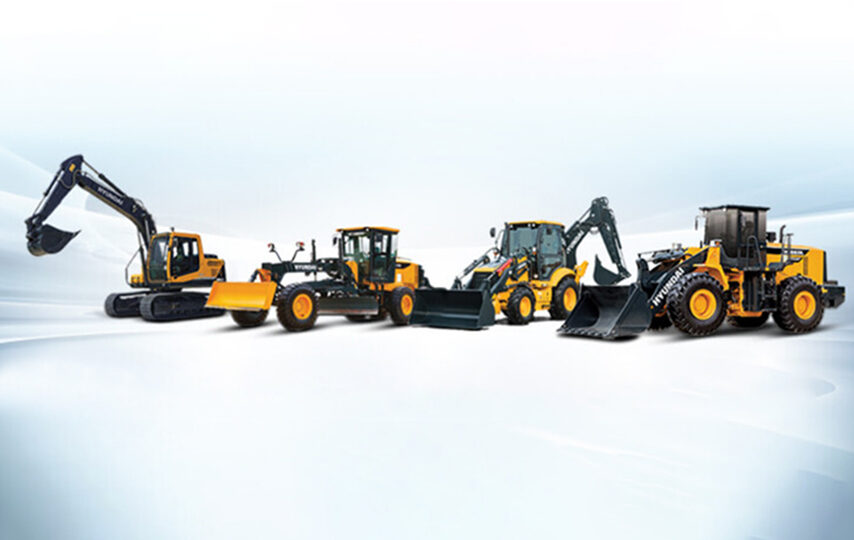Construction equipment is a generic term for different tools and machines used at construction sites. Over the years, construction machines have evolved with the advent of the latest technology, engineering progress, and changing demands at construction sites.
Selecting the right construction excavation equipment requires knowledge of several factors, like the scope of construction work, difficulty at work, skilled workers at hand, etc. Besides, different excavation equipment serves unique purposes at the construction site. Let us take a look at some of the popular construction equipment.
Top 5 Construction Equipment Types
1. Excavators
These earthmoving devices, also known as hydraulic excavators, are frequently employed in significant tasks like landscaping, excavation, digging, loading and unloading heavy material, etc. In addition, initiatives like road building and tree cutting employ excavators. The most adaptable piece of excavation machinery, a crawler excavator, may be fitted with various attachments, including buckets, rock breaker, quick coupler, grapple, rippers, tilt couplers, thumbs, rakes, and more. An excavator’s cabin, which can swivel 360 degrees and makes operations simpler, is its best feature. Additionally, construction excavators are offered in wheel and track configurations, guaranteeing maximum efficiency in both flat and muddy terrains.
2. Backhoe Loaders
Another versatile kind of earthmoving equipment utilised in the mining and construction industries is the backhoe loader. The name refers to the tool configuration in which a loading bucket is fastened to the back of the vehicle. Unloading and lifting of items are both possible using the front bucket.
3. Wheel Loader
Wheel loaders, also known as front loaders, are versatile heavy-duty machinery with a high load carrying capacity. The primary purpose of a wheel loader on-site is to dig, carry, haul, and transport material on-site. A wheel loader consists of an arm with a hauling bucket or scoop that efficiently carries large-scale materials. Besides construction sites, they can also be used for agricultural and landscaping purposes. Loaders come in various sizes, making them ideal for projects of any size.
4. Dragline Excavator
A dragline excavator is widely used and developed for the mining industry. This heavy-duty machinery is used in a mining site and is designed to easily and effectively dismantle and transport materials in an open-pit operation. There are two categories of dragline excavators, namely standard lift cranes and built onsite. Significant limitations of dragline excavators include the boom height and length, limiting where the dragline can effectively dump waste material.
5. Mini Excavator
A mini is either tracked or wheeled with an operating weight ranging from 0.7 to 6 tons. Mini excavators are also general-purpose excavators except for a short swing radius superstructure. Due to their confined size, they can be used in tight spaces, especially in urban areas. These excavators are becoming popular in India as they can perform traditionally using the workforce.
To Wrap Up
Selection of the right construction machine for a site contributes to the economy, quality, safety, and timely completion of a project. Thorough research is essential before purchasing or renting any piece of construction equipment to keep operational costs in check.
Hyundai Construction Equipment India (HCEI) India is a leading construction and mining equipment manufacturer. Since 2007, Hyundai CE India has offered top-notch earthmoving equipment to heavy industry sectors. The mining and construction equipment from HCEI is built to operate effectively in the most challenging environment with minimum fuel consumption. The earthmoving equipment from Hyundai will meet your needs for mining and building projects.







